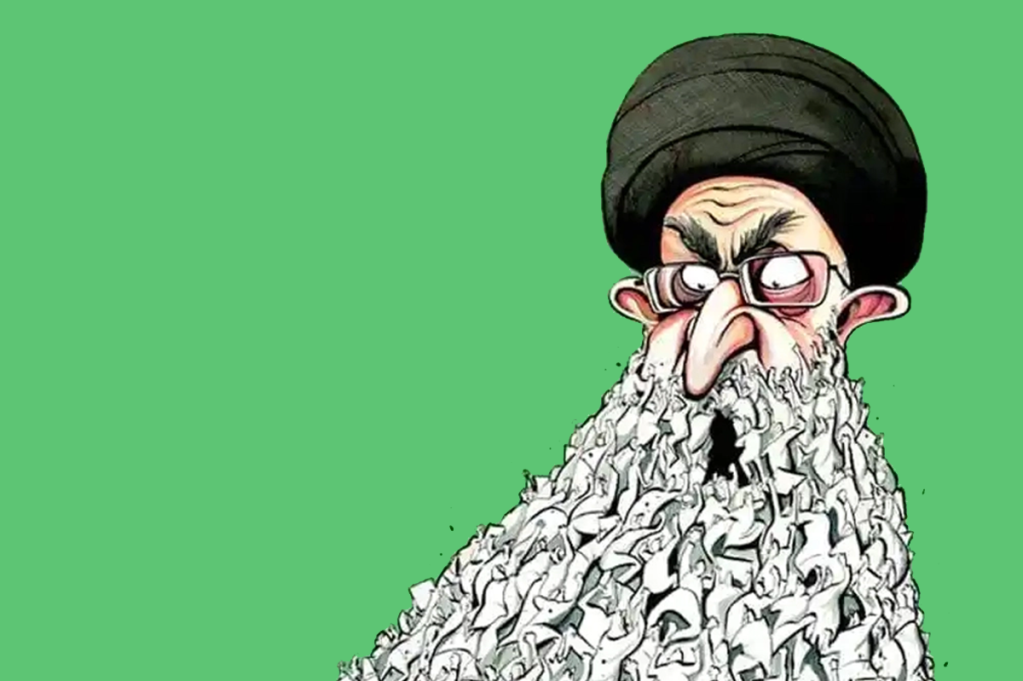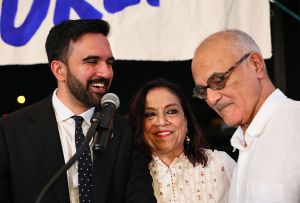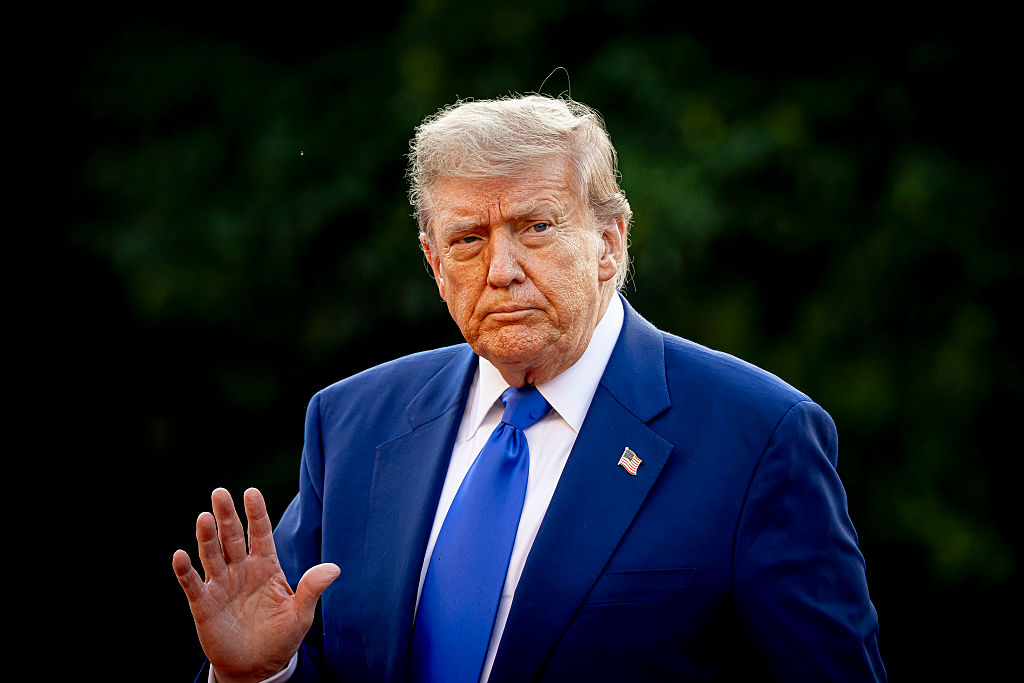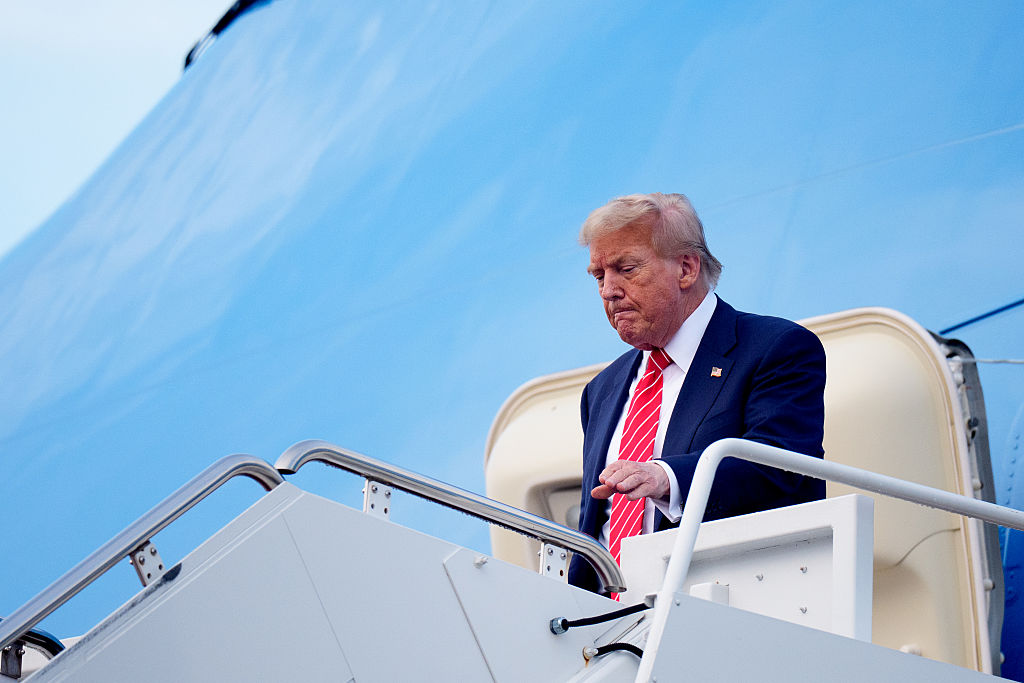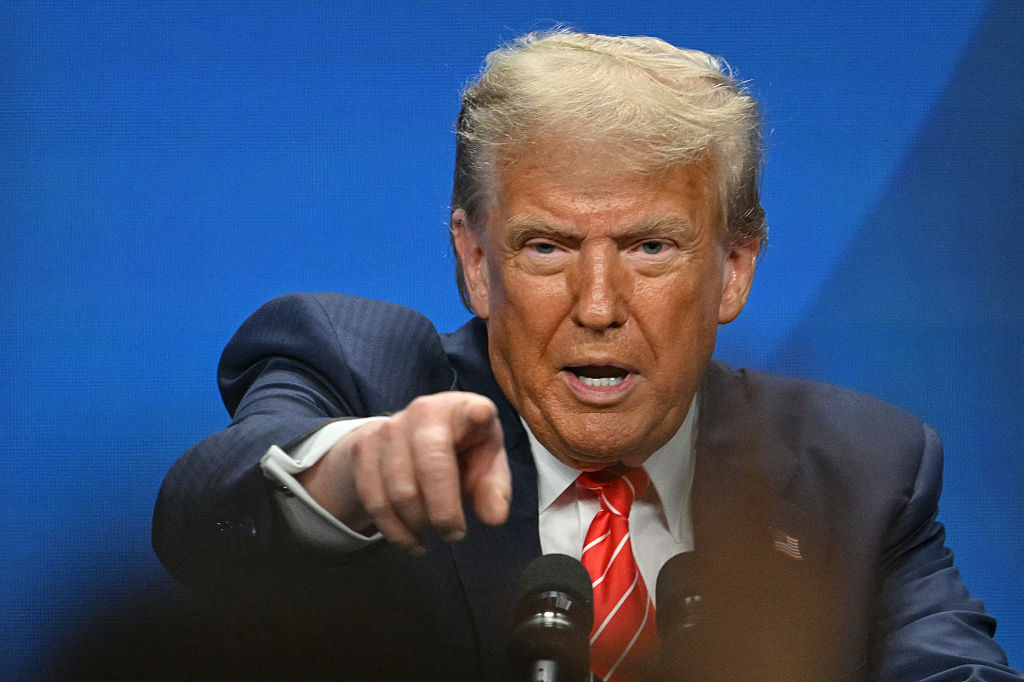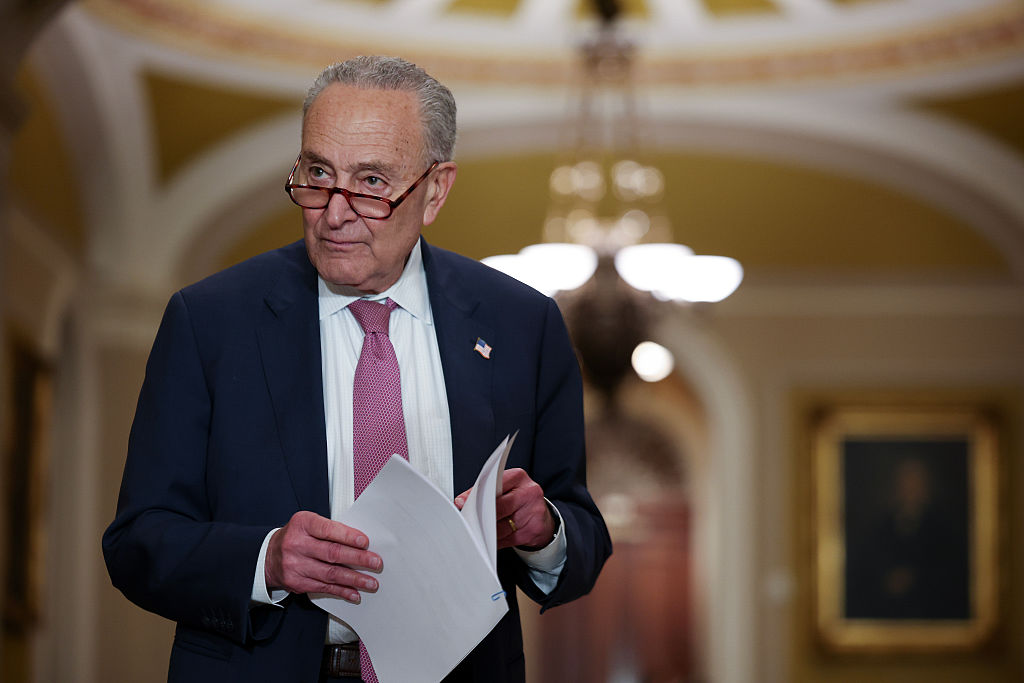Mashhad is Iran’s holiest city; it has the country’s most important shrine. It’s not the place for an Iranian woman to walk around without a hijab. But in September, Katayoun began leaving hers at home, going out with her head uncovered to join the daily protests against the country’s theocratic regime. A policeman struck her with his baton. She didn’t care.
Katayoun is, necessarily, an assumed name. She is thirty-five, an accountant, but also a member of an opposition group. She had joined the other “uprisings,” in 2009, in 2017 and in 2019, but she tells me: “This uprising is very different. People’s fear of the regime has fallen away.”
Iran’s opposition said the same during each of those earlier protests. The regime always survived, keeping numbers on the streets down with carefully calibrated brutality, until the protesters’ energy drained away. But perhaps this time is different, as Katayoun believes. There is unrest in every corner of Iran; in small towns as well as big cities. It has gone on longer than ever, ten weeks now, even though more than 450 people may have been killed and 14,000 arrested. Katayoun and her friends read the names of the dead on Instagram every night. They think the killings show that things have slipped out of the regime’s control. They “wipe their tears” and go back out. “People grow more determined to continue on this path because of the martyrs we have been given.”
This began when a young woman named Mahsa Amini was arrested by the morality police in Tehran for “bad hijab.” She collapsed at the police station and died in hospital a few days later. The regime says she had a heart condition; her family say she suffered a beating.
Trouble with the morality police — literally the Guidance Patrol — is an everyday humiliation for Iranian women; Katayoun tells me they have arrested her “many times.” Iran’s hardline new president, the cleric Ebrahim Raisi, has brought in a policy “to spread the culture of chastity,” ordering the authorities to strictly enforce Islamic law on the hijab. The result is something they seem unsure how to handle: a protest led by women.
“The regime fears women,” Katayoun tells me, especially the “girls who are on the front line, mostly born in the 2000s.” In what may be a sign of panic on the part of the authorities, Iran’s attorney-general said this week that the morality police had been shut down. The Iranian media questioned whether this had really been done, but even if such a dramatic and highly symbolic order has been given, the protesters say it’s too little too late. “Other countries think that our problem is the hijab,” Katayoun says. “They think that [this] is only a movement about compulsory veiling. It is no such thing at all… our goal is to overthrow the Islamic Republic system in its entirety. We want complete freedom.”
Katayoun was the most articulate of several activists I spoke to. Direct conversation was impossible because the regime is choking off the internet in Iran. We sent WhatsApp texts and voice messages back and forth through the opposition group that introduced us, the PMOI. But did these few voices — young, urban, educated, secular — represent the majority of Iranians? Professor Ammar Maleki thinks they do. He says that, almost unnoticed, Iran has been changing, becoming steadily more liberal: Iran no longer has a religious majority.
Maleki runs an independent polling organization, the Group for Analyzing and Measuring Attitudes in Iran. He says that traditional polling — done face-to-face or using the telephone — gets it wrong in Iran because people are too afraid to be openly critical of the regime. His group questions people anonymously, over social media, almost 17,000 for a survey this year, 40,000 in 2020. They found that 72 percent of Iranians oppose the compulsory hijab. The same opinion is found among the rural poor — the regime’s bedrock support — as well as with the middle classes in the cities.
His findings suggest that perhaps only a quarter of Iranians support a system of being governed by religious law; almost three-quarters don’t want the clerics running their lives. This translates directly into anti-regime feeling. “There is a very strong demand by the absolute majority of Iranians for a fundamental change of system… having a kind of secular democracy in Iran.”
These polls were commissioned by Tony’s Blair’s Institute for Global Change. The director of the Iran program, Kasra Aarabi, says the figures demonstrate how the protests are part of a long-term trend. “What we’re seeing today isn’t sporadic. It’s not a flash in the pan moment. The public are saying loud and clear the Islamic Republic cannot be reformed… There’s no turning back.”
Joel Rayburn agrees. He was once in charge of Iran policy on the US National Security Council. He tells me that the single most important thing the US and its allies can do now is to stop Iran from selling oil. That would “crush” the regime’s supply of money.
Iran exports more than a million barrels of oil a day. Rayburn says this could easily be brought below 400,000, as it was during Donald Trump’s presidency, when he served on the NSC. The sanctions are there; Joe Biden’s administration just has to use them. If western countries enforced sanctions, the regime would have less to spend on the security forces, and the protests would have a much better chance of success. “The longer this goes on, the more violent the regime gets, they run the risk of fracturing their own security forces. And then it’s a death spiral.”
Katayoun and her friends are holding out for this. She sees even some of the regime’s most loyal supporters “gradually separating” from it. “When you walk on the street and look into the eyes of the Special Forces, they lower their heads — they are also in doubt, they know what’s happening is new.”
The regime could still crack down. They have done it before, killing 1,500 in a few days in 2019. And President Raisi is the man to give the order. He was known as Iran’s “hanging judge,” from when he served on the “Death Committee” that sent thousands of political prisoners to the gallows for apostasy. I once interviewed a woman who said Raisi, as a young prosecutor, had personally overseen her torture while she was eight months pregnant.
There are reports of tanks and helicopters being used far from the capital; of Shia militias arriving from Iraq; of fifteen-year-old boys being drafted into the Basij, the regime’s paramilitary enforcers. The regime has the guns, but the protesters have the truth that today’s Iran is not the same place that brought the ayatollahs to power. If this uprising fails, the next may succeed.
This article was originally published in The Spectator’s UK magazine. Subscribe to the World edition here.



